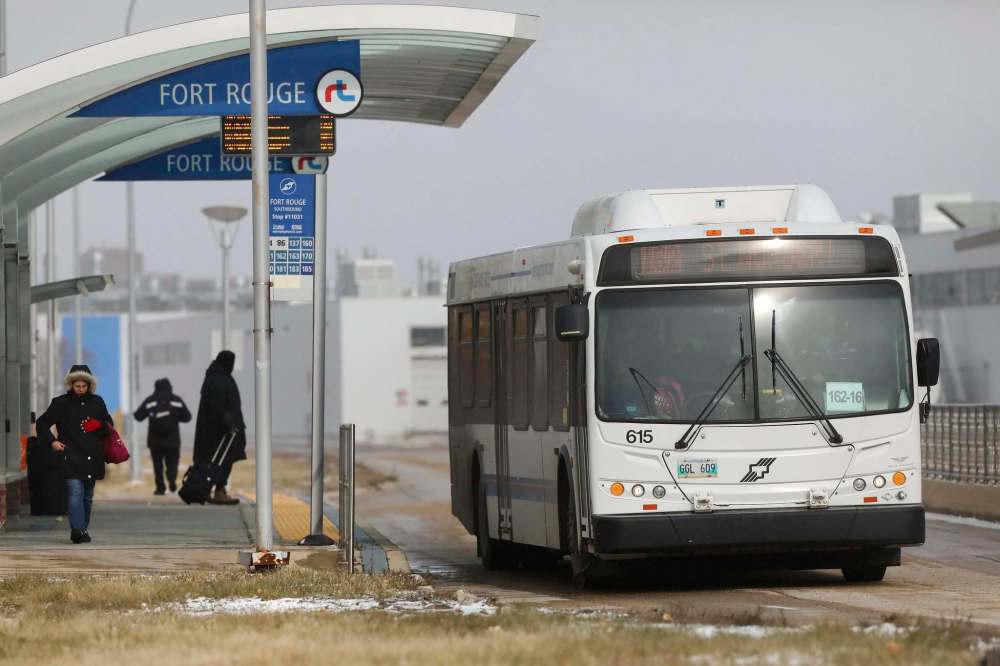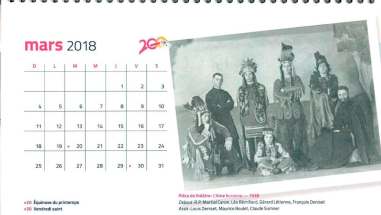Reconfiguration steers Transit in right direction
Read this article for free:
or
Already have an account? Log in here »
To continue reading, please subscribe:
Monthly Digital Subscription
$0 for the first 4 weeks*
- Enjoy unlimited reading on winnipegfreepress.com
- Read the E-Edition, our digital replica newspaper
- Access News Break, our award-winning app
- Play interactive puzzles
*No charge for 4 weeks then price increases to the regular rate of $19.00 plus GST every four weeks. Offer available to new and qualified returning subscribers only. Cancel any time.
Monthly Digital Subscription
$4.75/week*
- Enjoy unlimited reading on winnipegfreepress.com
- Read the E-Edition, our digital replica newspaper
- Access News Break, our award-winning app
- Play interactive puzzles
*Billed as $19 plus GST every four weeks. Cancel any time.
To continue reading, please subscribe:
Add Free Press access to your Brandon Sun subscription for only an additional
$1 for the first 4 weeks*
*Your next subscription payment will increase by $1.00 and you will be charged $16.99 plus GST for four weeks. After four weeks, your payment will increase to $23.99 plus GST every four weeks.
Read unlimited articles for free today:
or
Already have an account? Log in here »
Hey there, time traveller!
This article was published 01/11/2019 (2234 days ago), so information in it may no longer be current.
If letting the perfect be the enemy of the good were a sport, Winnipeg’s two-steps-forward-one-step-back approach to mass transit over the decades would deserve an Olympic medal. But that doesn’t mean we can’t seize a good idea and run with it.
And changing the bus routes in one area of the city to a spine-and-feeder model is a good idea.
The long history of infrastructure and varied approaches to making it easier to get around the city has had adherents for any number of initiatives. A dwindling few Winnipeggers still fondly remember the streetcars that were retired in 1955, a casualty of the city’s increasingly car-centric approach.

Others may recall the potential of former mayor Stephen Juba’s monorail idea, a project that never came to pass.
And given the costs involved, and struggles with other levels of government over funding, light rail is an idea that has been touted, and shelved, so many times it has begun to take on a surreal quality — despite the fact it was a reality in Winnipeg for decades.
Bus rapid transit is slowly taking shape, however, and despite former mayor Glen Murray’s belief in the early 2000s that once Winnipeggers got a taste of BRT they’d want more, there hasn’t necessarily been a surge in ridership as rapid transit corridors are built.
That may change, though, with the proposed reconfiguration of routes along the new southwest transit corridor when it opens in April.
According to the new plan laid out by Winnipeg Transit, 17 routes will be discontinued, 10 routes will be redrawn and 15 new routes will be introduced. One “Blue Line” route will be the spine of the configuration, the majority of its length along the rapid transit corridor, with larger buses running more often. Many “feeder” routes will get passengers to stops along the Blue Line.
The model moves Transit away from running many long routes to serve a spread-out ridership, focusing instead on getting more people onto the BRT service for part of their commute.
The model moves Transit away from running many long routes to serve a spread-out ridership, focusing instead on getting more people onto the BRT service for part of their commute. Transit estimates travel times could be shortened by five to eight minutes along the corridor.
It’s a change in thinking, and reactions have been mixed. Will the schedules of the new and changed routes allow commuters to catch the needed BRT buses? How will adverse weather affect the experience?
Transit’s plans to buy 18 new articulated buses and hire more than 40 new employees (subject to council approval), should help reduce the frequency of filled-to-capacity buses zooming past stops. Passengers using the main line for part of their commute in conjunction with the feeder routes means fewer passengers using a single line for long stretches — freeing up room.
There is, of course, a cost.
The change will add $2.55 million to Transit’s operating budget, which constitutes a 1.2 per cent increase from the 2019 budget, and would require annual increases: $3.48 million in 2021, $3.57 million in 2022 and $3.59 million for 2023.
Those increases would eat up a lot of Transit’s financial wiggle room, given that Mayor Brian Bowman and finance chairman Scott Gillingham recently announced a two per cent annual cap for the next four years on Transit’s operating budget.
But the bottom line is this: Transit has got a good idea here, and better service will attract more riders. Let’s not hold out for the perfect and miss out on the good.










